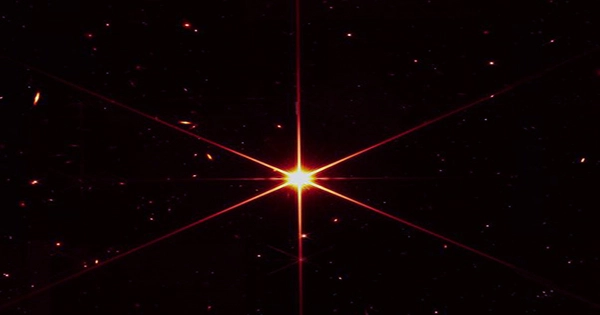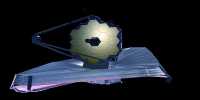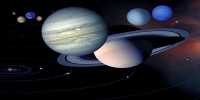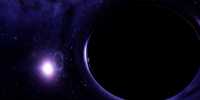The first image with all 18 of the JWST’s mirror capabilities combined has been revealed. Although it appears to be a simple photograph of a star, astronomers are virtually breathless with awe at the power exhibited in this single image. “The Webb team set out to create the most powerful telescope anybody has ever deployed in orbit more than 20 years ago and came up with an innovative optical design to achieve challenging research goals,” NASA’s Dr Thomas Zurbuchen said in a statement. “Today, we can confidently state that design will deliver.”
The JWST’s optics are meeting or exceeding expectations in every way, prompting NASA’s Dr Ritva Keski-Kuha to declare, “We now know we constructed the appropriate telescope,” something many disputed during the observatory’s extended delays. The picture above depicts the end of the “fine phasing” stage. The performance of the mirror thus far has been so outstanding that the JWST’s operators are convinced that the world’s biggest space telescope will fulfill, if not exceed, the scientific goals for which it was designed. Resolution, or the smallest item that can be recognized with it, is one of the most critical characteristics for a telescope.
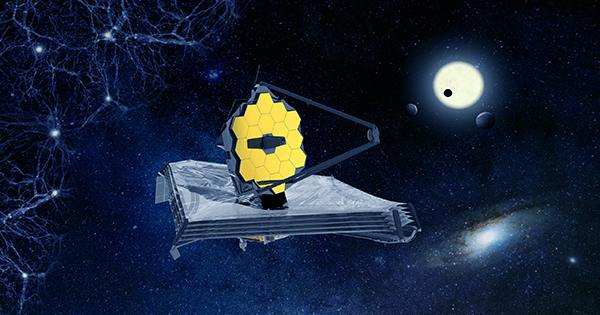
The image has a resolution of 70 milliarc seconds, which is 28 times better than the Spitzer Space Telescope, which was previously the most powerful infrared telescope. After rectification, the performance is comparable to Hubble’s, but at longer wavelengths that Hubble cannot see. The JWST’s 6.5-meter (21-foot) primary mirror is made up of 18 hexagonal mirrors, making it easier to manufacture and allowing it to be folded up for launch. It takes a long time to position them, as well as the secondary and tertiary mirrors. After the wing mirrors were successfully unfolded, NASA specified seven more steps that needed to be completed before the first research-quality photographs could be obtained, which NASA expects to happen in June or July this year.
The course and fine phasing phases were numbered four and five, respectively, although they were an iterative process, with one followed by the other three times. The goal of phasing is to combine the mirror’s components into a single huge mirror, rather than the 18 individual mirrors they were before. Fine phasing, on the other hand, will be required on a regular basis throughout the telescope’s operating life to compensate for any misalignments that may emerge. The JWST’s operators focused on the brilliant star 2MASS-J17554042+6551277 to illustrate the success of the phasing steps.
This star is too dim to be seen with ordinary binoculars, let alone the naked eye, thus “bright” is a relative term. This is why it has such an unappealing moniker. Despite this, it’s bright enough to form the brilliant arms where light seeps into nearby pixels. In the backdrop, galaxies (one of which is 4.8 billion light-years away) and much fainter stars may be seen. The JWST is equipped with a number of instruments that can gather and process light in a variety of ways.
Fine phasing is complete when the telescope is aligned at one point in its field of vision, allowing the main detector, the Near Infrared Camera, to function properly. We’re still a few months away from having all of the instruments work together, but there’s little question it’ll happen.
